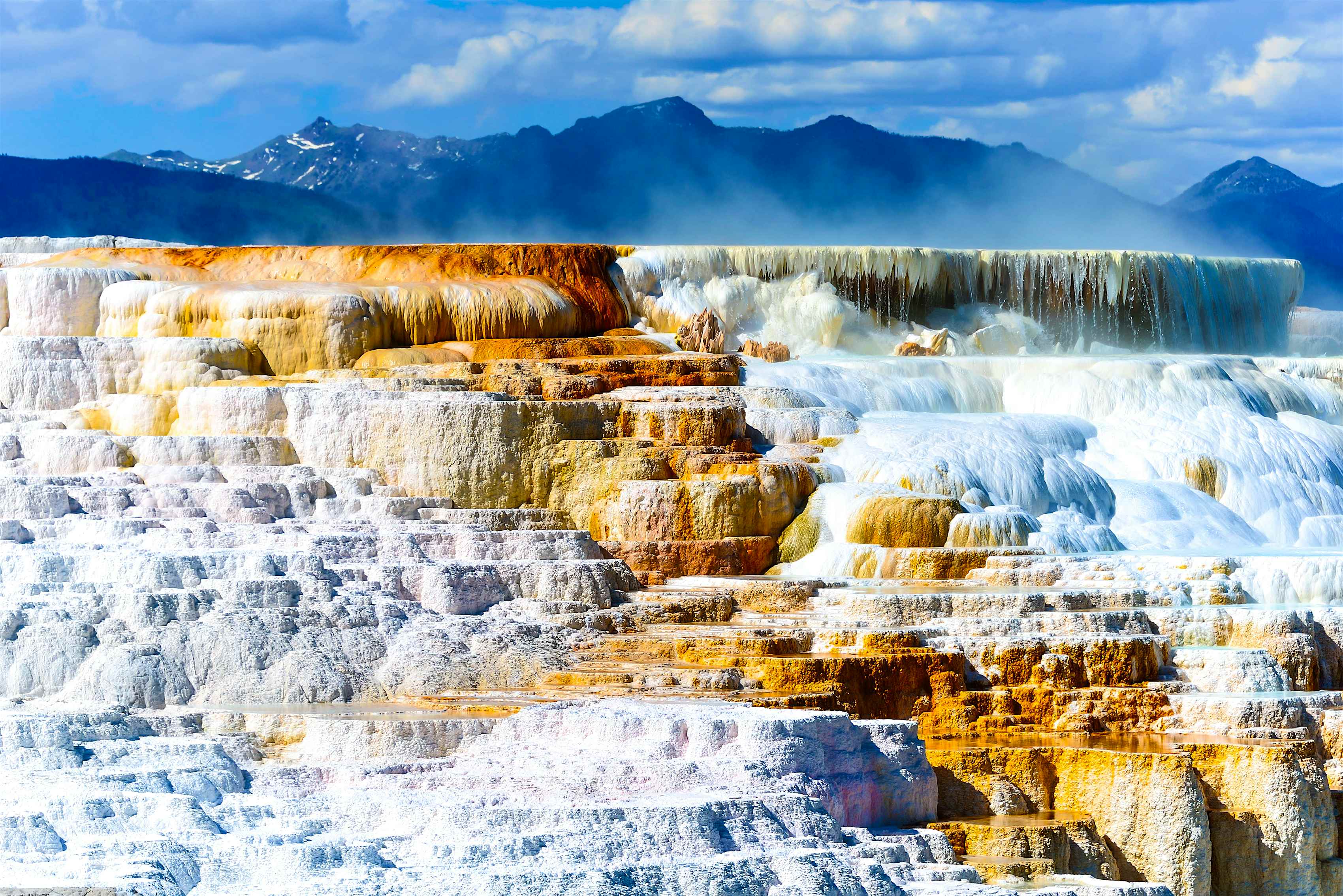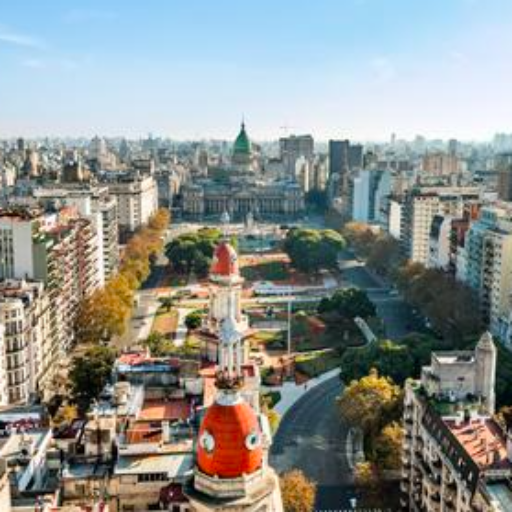In a rapidly changing world, natural reserves stand as bastions of biodiversity. These protected areas are not only the last refuges for countless species but also essential for the health of our planet. Join us on a journey to explore nine remarkable natural reserves dedicated to preserving the richness of life on Earth.
The Importance of Natural Reserves
We kick off our exploration by understanding the crucial role natural reserves play in safeguarding our planet’s biodiversity.
Natural Reserve 1: Amazon Rainforest, Brazil
The Amazon Rainforest is a sprawling natural reserve and the world’s largest tropical rainforest. It’s home to an astonishing array of flora and fauna, making it an ecological treasure.
Natural Reserve 2: Yellowstone National Park, USA
Yellowstone National Park is not only America’s first national park but also a UNESCO World Heritage site. It’s a biodiversity hotspot, where visitors can observe a wide variety of wildlife.

Natural Reserve 3: Galápagos Islands, Ecuador
The Galápagos Islands are legendary for their unique wildlife, inspiring Charles Darwin’s theory of evolution. They are a living laboratory of evolution.
Natural Reserve 4: Serengeti National Park, Tanzania
The Serengeti National Park is one of the most famous wildlife reserves in Africa, known for the annual Great Migration of wildebeest and zebras.

Natural Reserve 5: Great Barrier Reef, Australia
The Great Barrier Reef is a marine wonderland and the world’s largest coral reef system. It’s an underwater natural reserve teeming with marine life.
Natural Reserve 6: Sundarbans, India and Bangladesh
The Sundarbans is the largest mangrove forest in the world, home to the Bengal tiger and numerous endangered species.

Natural Reserve 7: The Everglades, USA
The Everglades in Florida is a unique wetland ecosystem and natural reserve, protecting numerous rare and endangered species.
Natural Reserve 8: Bialowieza Forest, Poland and Belarus
Bialowieza Forest is one of the last and largest parts of the immense primeval forest that once covered the European plain. It’s a UNESCO World Heritage site.
Natural Reserve 9: Komodo Island, Indonesia
Komodo Island is famous for the Komodo dragon, the world’s largest lizard. It’s also a natural reserve where diverse terrestrial and marine life thrives.
Preservation Efforts and Conservation Challenges
We discuss the various efforts and challenges in conserving these remarkable natural reserves.
The Role of Local Communities
Local communities play a pivotal role in the preservation of natural reserves. We delve into their contributions and the challenges they face.
Tourism in Natural Reserves
Tourism can be both a blessing and a curse for natural reserves. We explore responsible tourism and its impact.
Biodiversity Hotspots
Natural reserves often double as biodiversity hotspots. We uncover what makes these areas so rich in life.
Educational Initiatives and Research
Education and research are vital components of natural reserve management. We explore how these initiatives benefit biodiversity.
Conclusion
Natural reserves are not just places of wonder; they are also sanctuaries of life. Preserving them is not only a responsibility but also a gift to future generations.
FAQs
Q1: What are the key threats to biodiversity in natural reserves?
Q2: How can I visit these natural reserves responsibly and support conservation efforts?
Q3: Are there any specific seasons or times of the year when these reserves are best to visit?
Q4: What measures are in place to prevent poaching and illegal activities in natural reserves?
Q5: Can I volunteer or work in these natural reserves to support conservation efforts?
Q6: Are there any traditional practices or indigenous knowledge that contribute to natural reserve conservation?
Q7: What are the most effective ways to raise awareness and funds for natural reserve conservation?
Q8: How do natural reserves benefit the global ecosystem and climate regulation?
Q9: What are the success stories of species recovery or rediscovery in these natural reserves?
Q10: How do I support biodiversity conservation efforts in my local community?
